10 Top Tips For Protecting Yourself At Hot Spots
Wi-Fi hotspots have become an essential part of our connected lives, providing internet access at cafes, airports, restaurants, and more. With cities expanding their coverage to blanket entire metropolitan areas, staying connected has never been easier. However, amidst this convenience, there are lurking cybersecurity threats that can compromise your data. Fear not, as we’ve compiled ten crucial tips to ensure your safety while using public Wi-Fi hotspots.
1. Disable Wi-Fi Ad-Hoc Mode
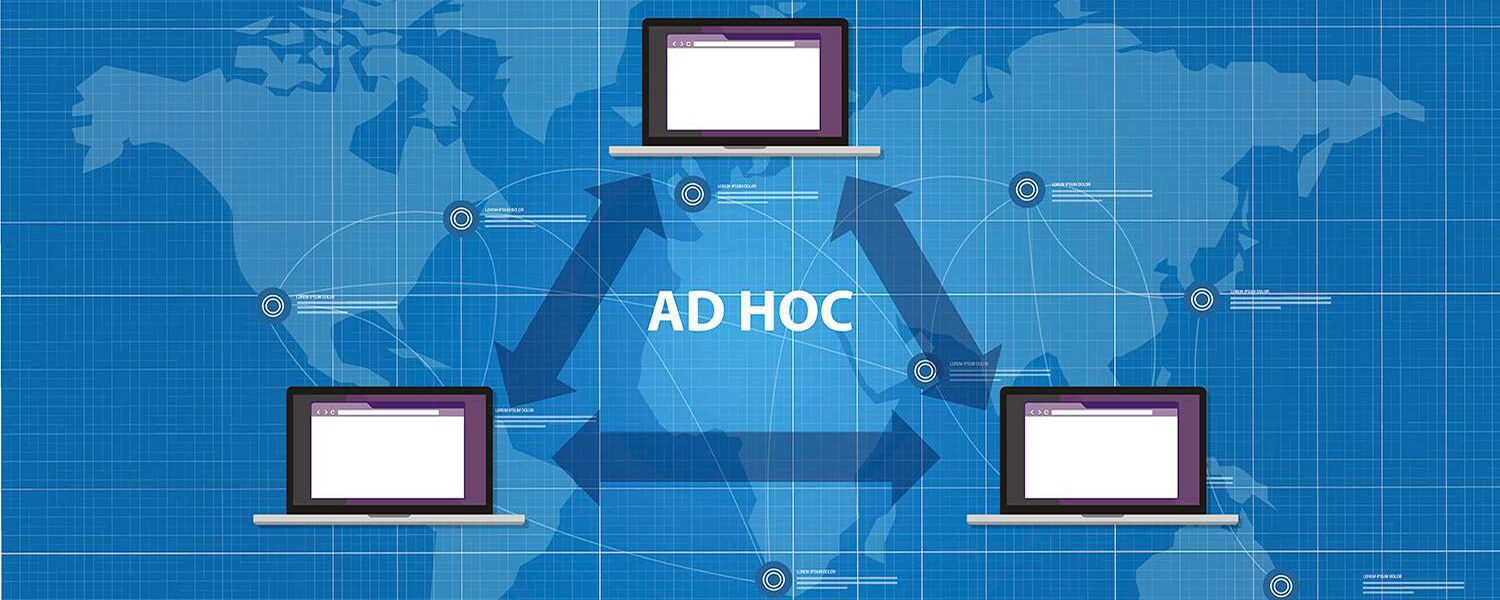
As you connect to a Wi-Fi network, your device operates in one of two modes: infrastructure or ad-hoc. Infrastructure mode facilitates connections to established networks, while ad-hoc mode permits direct device-to-device links. While ad-hoc mode has its uses, it can also leave your device vulnerable to stealthy intrusions. Opportunistic individuals nearby could establish a direct connection without your knowledge, gaining unauthorized access to your device and its contents.
To mitigate this risk, it’s crucial to disable ad-hoc mode when using public hotspots. This simple step adds an essential layer of protection to your device’s security. To do this, follow these steps:
- Right-click the wireless icon located in the System Tray.
- Choose “Status” to access your network information.
- By following these instructions, you’ll ensure that your device remains impervious to unauthorized ad-hoc connections, fortifying your digital defenses while using Wi-Fi hotspots.
- Click on “Properties” and navigate to the “Wireless Networks” tab.
- Select your active network connection and click “Properties” once more.
- Locate the “Association” tab and uncheck the box labeled “This is a computer-to-computer (ad hoc) network.”
- Confirm your changes by clicking “OK” through the subsequent dialog boxes.
2. Use a Wireless Virtual Private Network (VPN)

of a wireless VPN. Through the encryption of your data, VPNs act as a robust deterrent against potential hackers, thereby assuring the preservation of your privacy. A noteworthy option to consider is the hotspot VPN, renowned for furnishing secure connections sans the necessity for supplementary software downloads. The spectrum of pricing alternatives caters to flexibility, extending protection for as modest a sum as $3.88.
For those seeking an augmented stratum of security, entrusting sensitive data to an encrypted USB flash drive is a judicious maneuver. By subjecting your pivotal information to encryption, you establish an additional fortification that persists impervious even in scenarios where your device encounters compromise. This pivotal layer of security ensures that unauthorized users remain bereft of access to your data, aligning with a proactive approach to data protection.
Incorporating these practices underscores your dedication to maintaining the sanctity of your digital presence, fostering an environment of enhanced security and peace of mind.
3. Employ an Encrypted USB Flash Drive
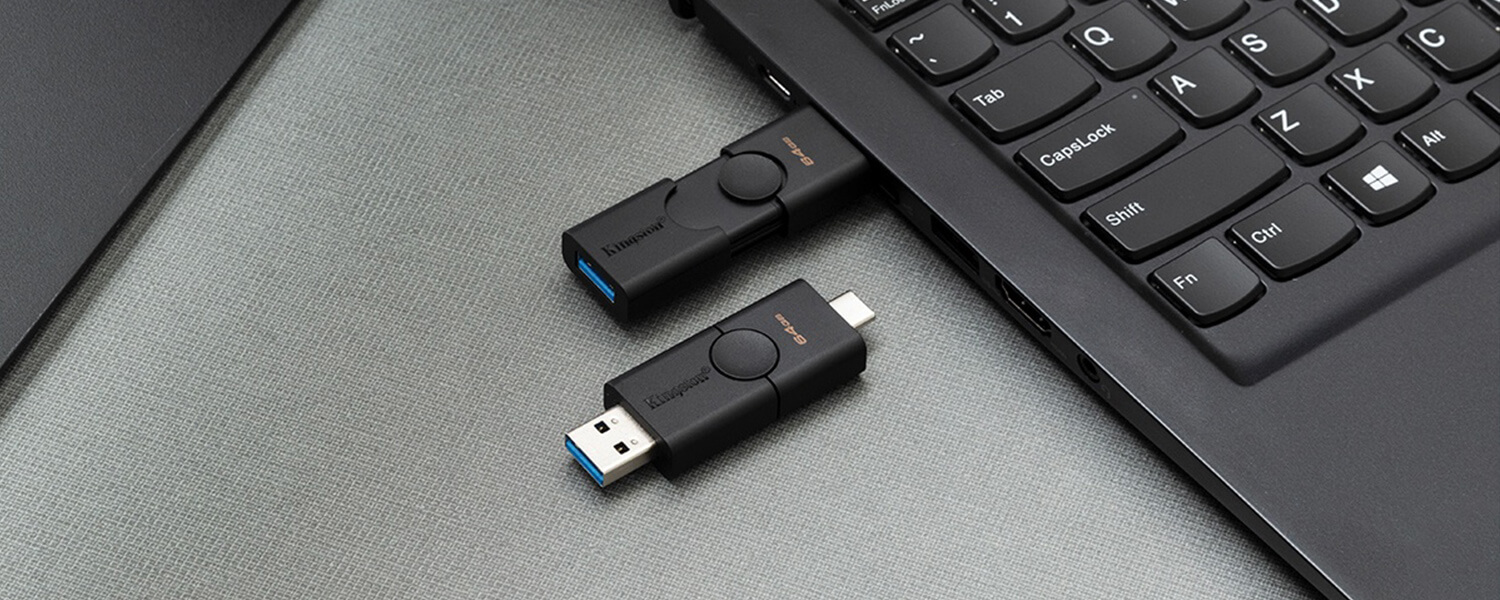
Enhance your data security by storing sensitive information within an encrypted USB flash drive, thereby introducing an additional layer of protection. Through encryption, your crucial data is securely concealed, ensuring that even in the event of device compromise, unauthorized access to your information remains thwarted.
Utilizing an encrypted USB flash drive represents a prudent approach to safeguarding valuable data. By entrusting your sensitive information to this fortified storage medium, you create a formidable barrier that shields you against potential breaches. In the unfortunate event of device vulnerability, the encryption acts as a resilient shield, guaranteeing that your confidential data remains inaccessible to unauthorized parties. Embracing this proactive measure exemplifies a commitment to preserving the sanctity of your digital assets while contributing to a more robust security posture.
4. Utilize a Personal Firewall

Implementing a personal firewall is an imperative step to proactively thwart potential breaches and hinder outbound connections initiated by malicious software. While the built-in firewall of Windows XP offers rudimentary protection, exploring alternative solutions such as ZoneAlarm’s complimentary version can provide a robust and all-encompassing security shield.
By incorporating a personal firewall into your cybersecurity regimen, you erect a resilient barrier against unauthorized intrusions and unauthorized communications propelled by malware. While the fundamental safeguard provided by Windows XP’s firewall is acknowledged, expanding your horizons to include enhanced alternatives like the free iteration of ZoneAlarm ensures a comprehensive and fortified security framework. This proactive measure bolsters your digital defenses, culminating in a safer online experience.
Exploring additional avenues for fortified protection showcases a commitment to safeguarding your digital presence against potential threats. By delving into options such as ZoneAlarm’s complimentary version, you not only heighten your security but also demonstrate a proactive stance toward ensuring the integrity of your digital interactions.
5. Turn Off File Sharing
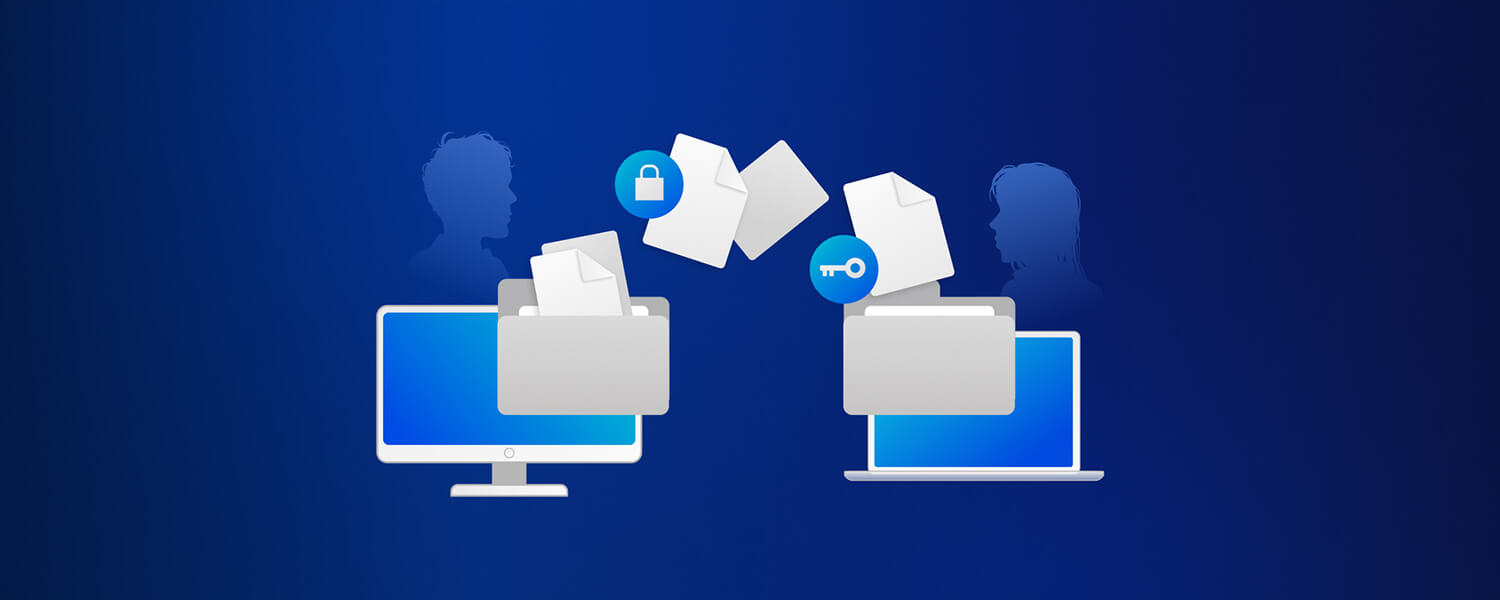
Utilizing public hotspots necessitates prudence, as they are unsuitable arenas for engaging in file-sharing activities. Preserving the integrity of your data demands proactive measures, such as deactivating file sharing on your device. The process is straightforward: navigate within Windows Explorer, locate the intended shared folders, perform a right-click, proceed to the “Sharing and Security” section, and subsequently deselect the option labeled “Share this folder on the network.”
The inherent vulnerabilities of public hotspots underscore the importance of shielding against data leakage. By implementing the simple yet pivotal action of disabling file sharing, you take a significant stride toward safeguarding your sensitive information from potential risks. These precautionary steps epitomize a conscientious approach to digital security, effectively fortifying your online interactions within public network environments.
6. Verify Hotspot Legitimacy
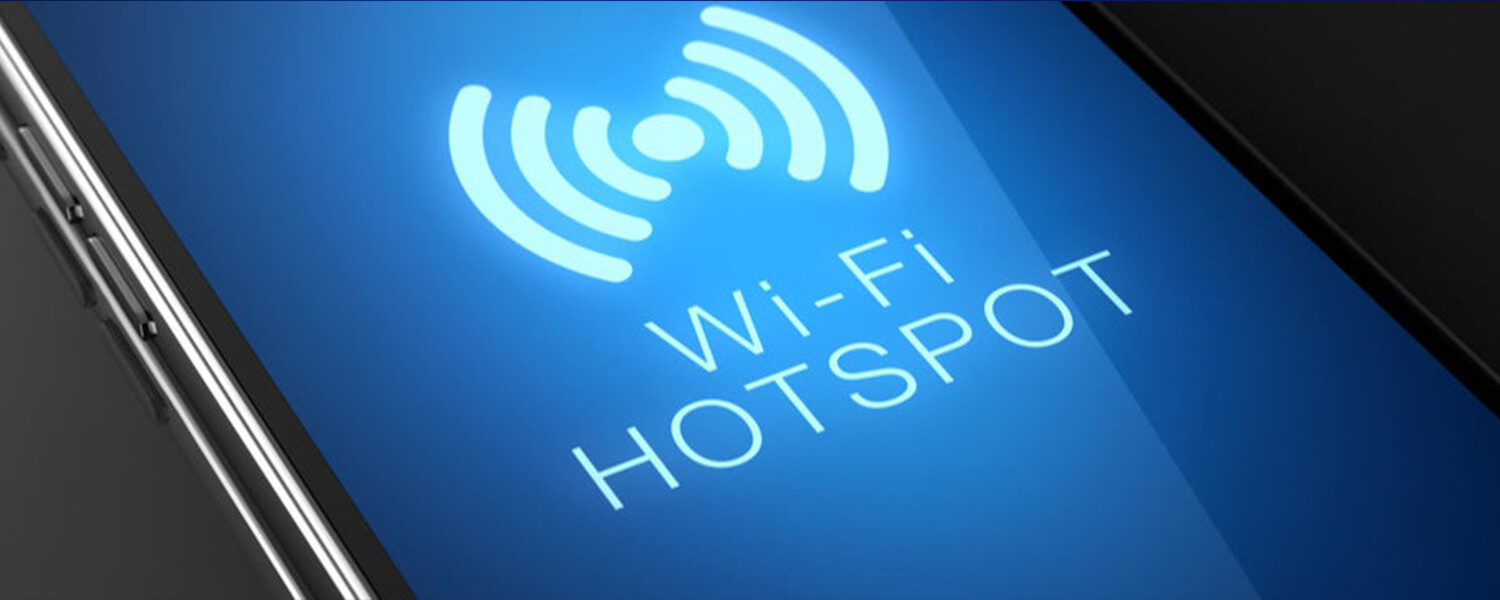
Exercise utmost caution when encountering potentially deceptive rogue hotspots cunningly orchestrated by cyber adversaries. Elevate your security stance by consistently undertaking the crucial task of confirming the legitimacy of a hotspot through direct communication with the establishment’s personnel before engaging in any connections. This proactive approach forms a robust defense mechanism, adeptly thwarting the nefarious ploys and artifices employed by cybercriminals to ensnare unsuspecting victims.
By adhering diligently to this proactive measure, you empower yourself to avert the intricate web of risks woven by fraudulent hotspot setups. Initiate a dialogue with the establishment’s staff to meticulously validate the authenticity of a hotspot before venturing into a connection. This prudent step erects a potent bulwark, effectively shielding you from the treacherous stratagems orchestrated by cybercriminals, thereby contributing significantly to fostering an environment of heightened digital security.
7. Disable Wireless Adapter Offline
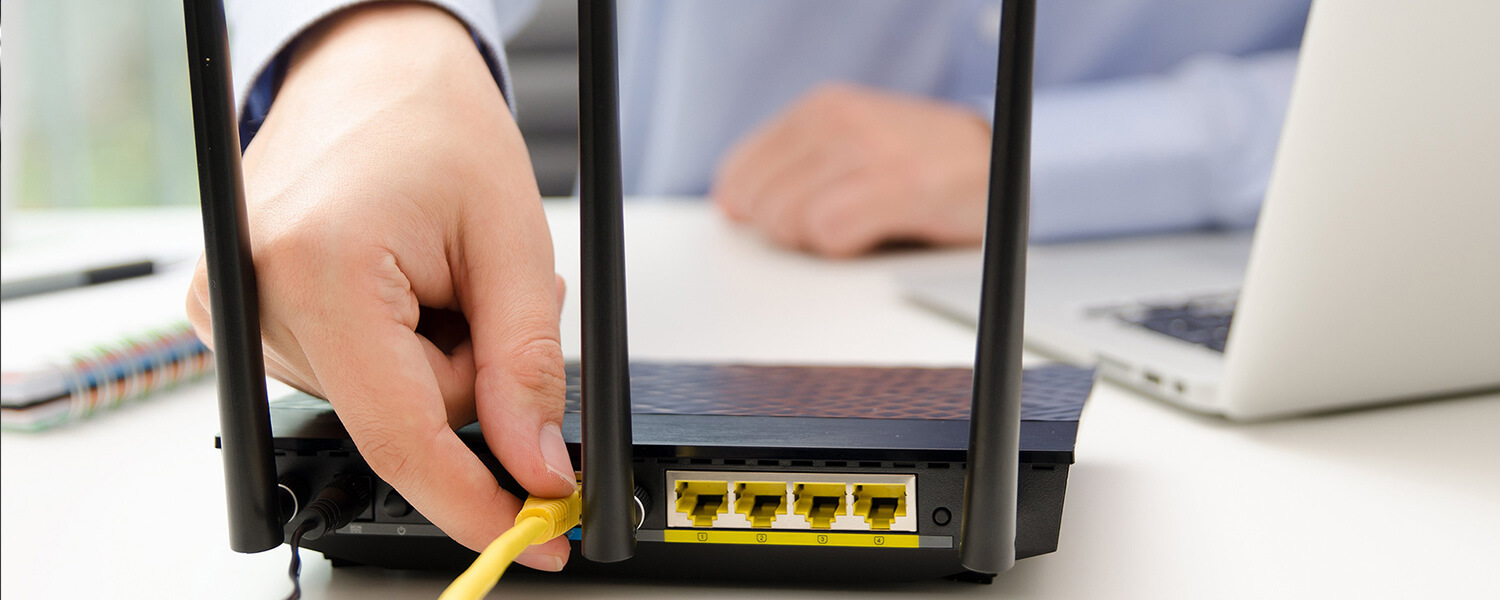
When operating offline within a hotspot environment, it is crucial to enhance your device’s security by deactivating the wireless adapter. This proactive measure effectively eliminates the potential for unauthorized connections to compromise your device. To initiate this safeguard, simply right-click on the wireless icon located within your XP system tray. From the ensuing menu, select the “Disable” option to promptly disable the wireless adapter.
By implementing this security practice, you fortify your device’s protection against potential risks that can arise from unauthorized access attempts. The act of deactivating the wireless adapter through the aforementioned method serves as a reliable defense mechanism, contributing to a safer and more secure offline working experience within hotspot areas.
8. Embrace Email Encryption
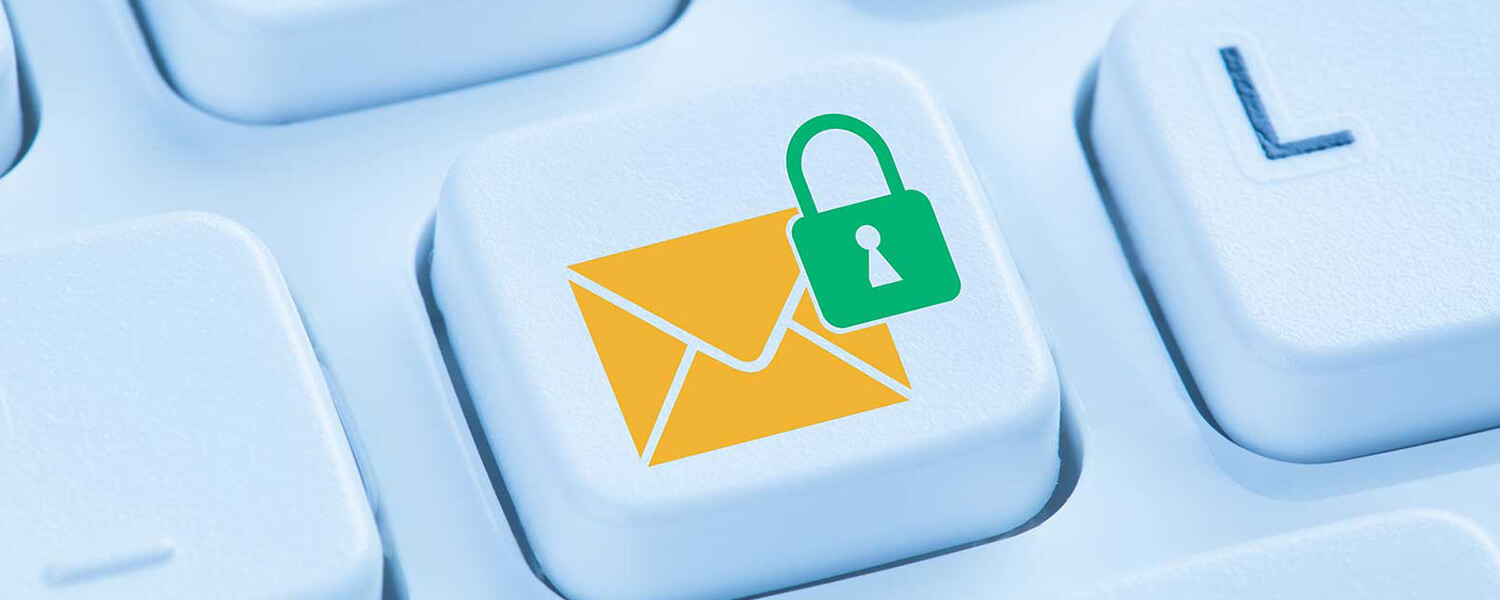
To uphold the confidentiality of your email correspondence, take a proactive step by activating email encryption. If you are using Outlook 2003, commence by navigating to the “Tools” menu. From there, proceed to the “Options” section, and subsequently, direct your attention to the “Security” tab. It is within this tab that you will find the option to enhance security – simply mark the checkbox labeled “Encrypt contents and attachments for outgoing messages.”
By embracing this safeguarding measure, you ensure that your email interactions remain shielded from prying eyes. Outlook 2003 facilitates this process seamlessly, allowing you to bolster your communication privacy effortlessly. This email encryption feature adds an extra layer of assurance, guaranteeing that your messages and attachments are comprehensively protected during transmission.
9. Guard Against Shoulder Surfing

Cyber threats extend beyond technology. Protect your sensitive information by being vigilant against shoulder surfing—unwanted individuals trying to steal your data by peering over your shoulder.
10. Keep Your Laptop Close

Mitigate the risk of laptop theft when using hotspots by ensuring constant visual contact with your device. Even when nature beckons, resist the temptation to leave your laptop unattended. Some hotspots conveniently offer locking ports, presenting an opportunity to secure your laptop temporarily during your brief absence.
In summation, the convenience of public Wi-Fi hotspots need not jeopardize your online security. By adhering to these ten prudent strategies, you can confidently access the internet while effectively safeguarding your data from potential threats. Prioritize your safety while remaining seamlessly connected to the digital realm.












